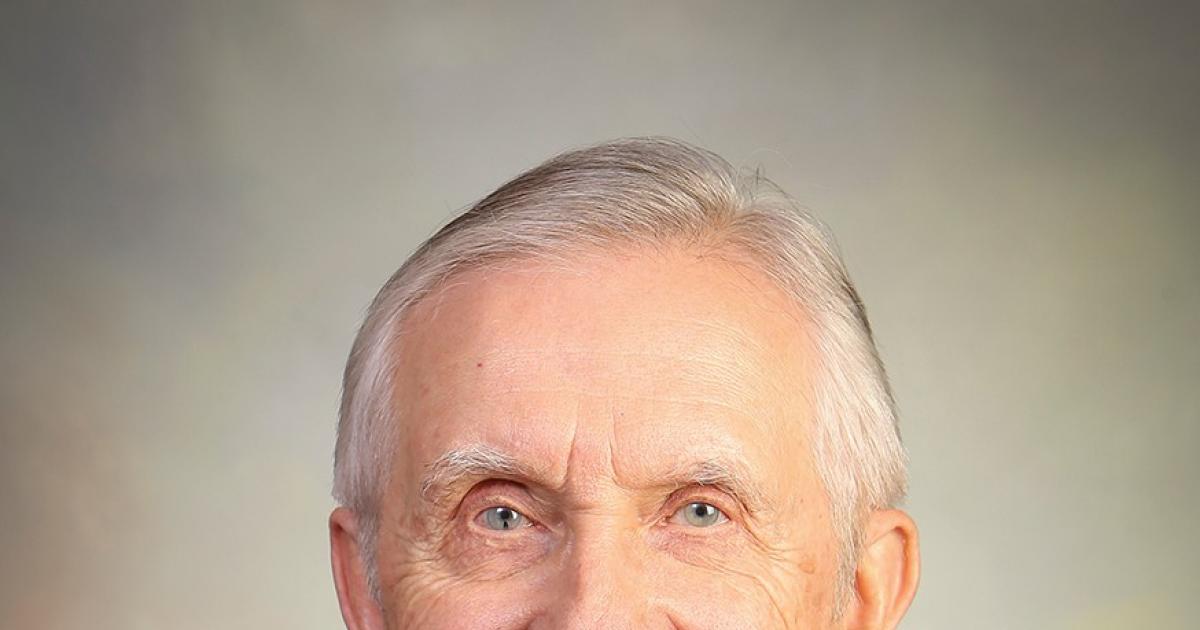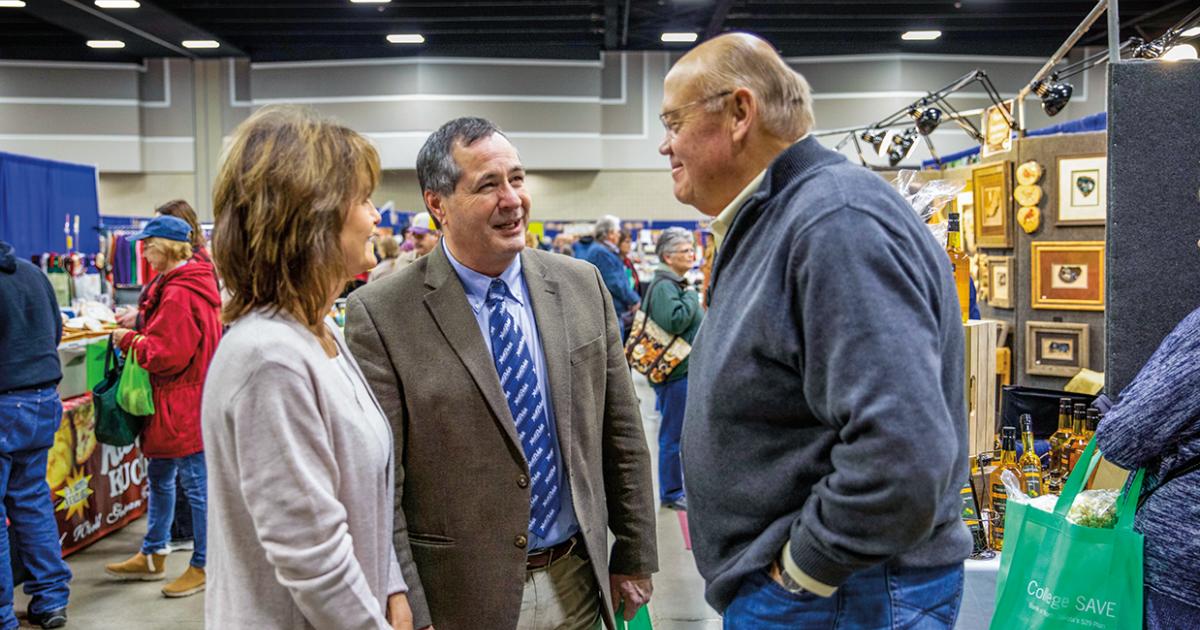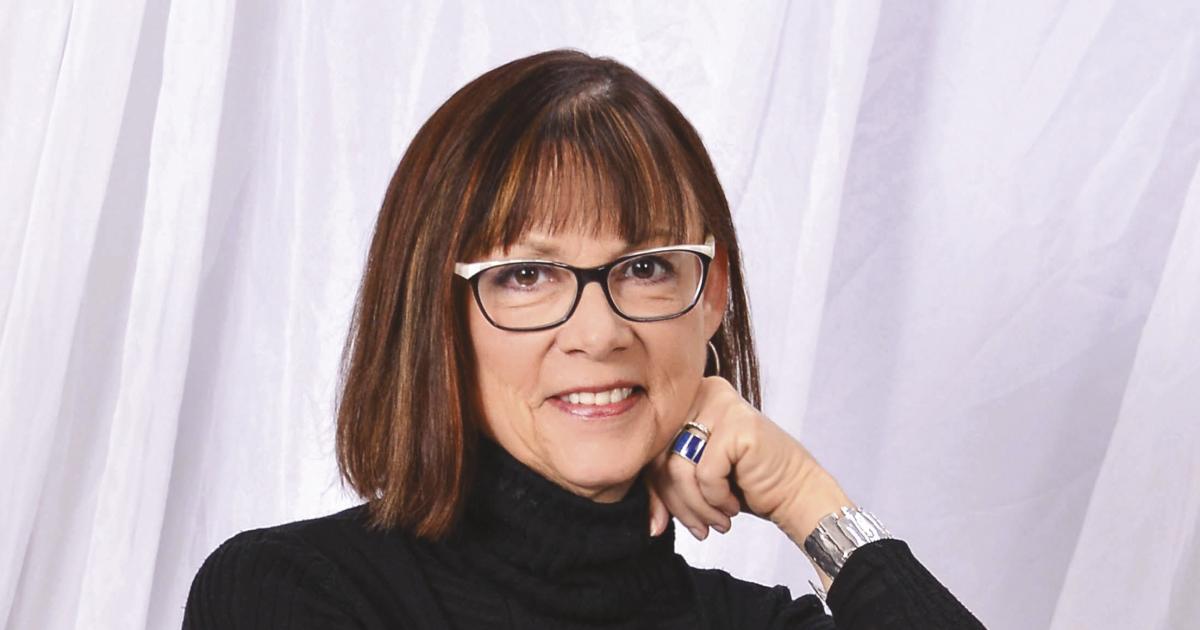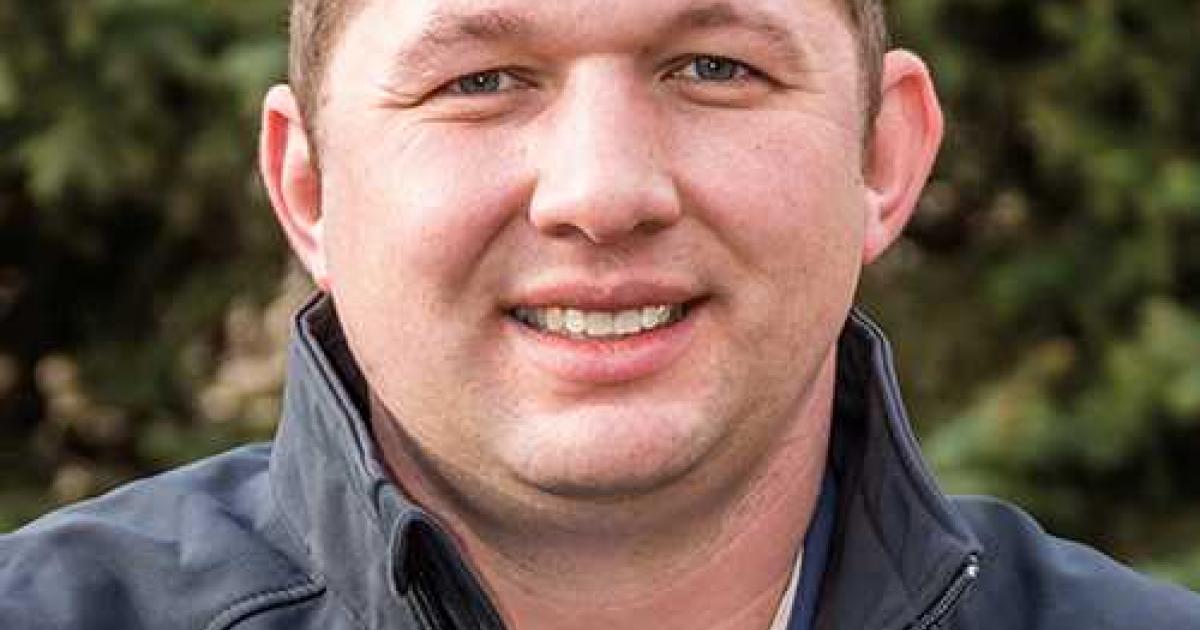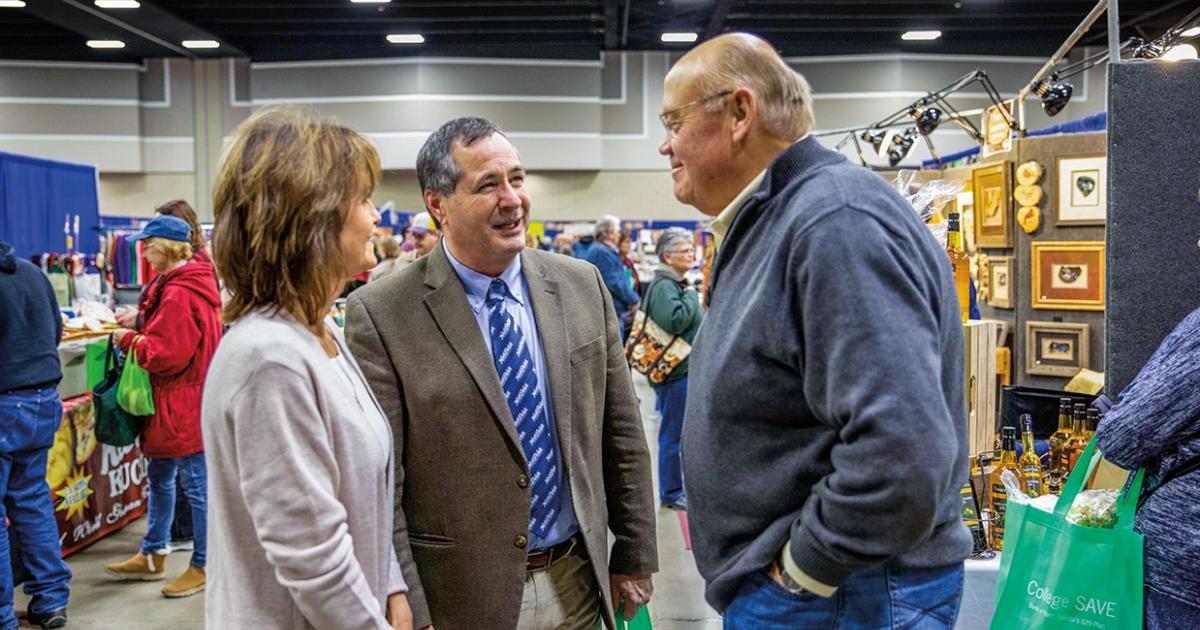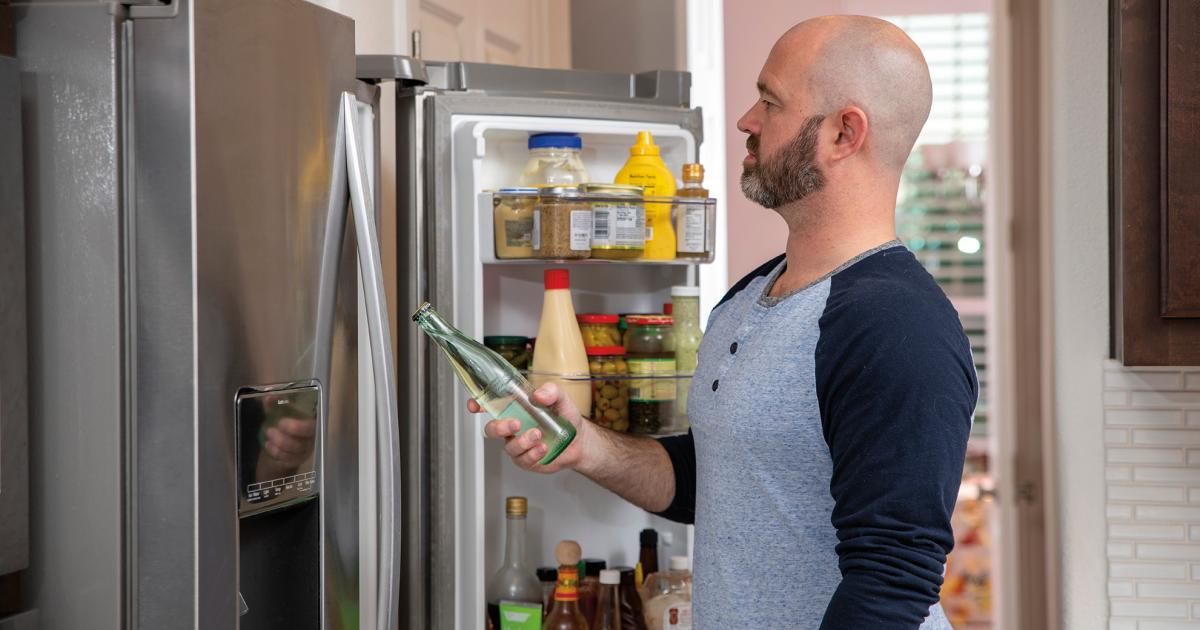As the end of 2020 nears, the N.D. Legislature prepares for a new biennium and the convening of the 67th Legislative Assembly.
“It’s hard to say we’re fully prepared at this time. This session is much more unique,” N.D. Legislative Council Director John Bjornson says.
Unique, indeed. Data shows the coronavirus pandemic remains a real threat to the health and safety of North Dakotans and presents new challenges for state government. The state consistently set records for per-capita positive COVID-19 cases in November, according to Johns Hopkins University researchers, and had a growing 14-day rolling average positivity rate of 15.77 percent at presstime.
Rep. Larry Klemin Courtesy photo
“We are preparing for as many contingencies as possible,” Bjornson says.
Those legislative preparations and COVID-19 precautions have largely been pursued by Bjornson and Legislative Council staff at the direction of the Legislative Procedure and Arrangements Committee, chaired by Senate Majority Leader Rich Wardner. Interim committee work has spread the gamut, from pursuing technological improvements throughout the Legislature’s facilities to debating mask mandates.
“There’s no doubt that we’re going to have to have protocols in place,” House Majority Leader Chet Pollert said at the Oct. 21 Legislative Procedure and Arrangements Committee meeting. “Truly, I think we have to be part of that. As you can tell, I’m not a mask mandate guy, but I also realize we’ve got to have something, and there’s got to be some protocols in place.”
“Our job is to get the work of the people done,” Wardner added. “That’s what our job is, and if it means we have to do some things we don’t like, we’re going to get it done, and we’re going to protect everybody there.”
Other committee members present, either in-person or virtually, offered a wide range of perspectives on the COVID-19 pandemic and safety measures, like mask-wearing and temperature checks at the Capitol entrance.
Sen. Oley Larsen of Minot said he bypassed the temperature check the morning of the Oct. 21 meeting because he had a fever.
“I’m running a fever now. That’s why I bypassed the forehead thing, because I know I was going to be sent – ‘Go back home to Minot.’ I drove all the way down here for this,” Larsen said. “It’s a sinus infection, it’s not COVID-19. I’m going to be sent home for that? That’s absurd.”
Rep. Larry Klemin of Bismarck, who attended the meeting virtually, opened up about his emotional COVID-19 experience with his mother, who passed away on Oct. 3 after testing positive for the virus on Sept. 6.
“I’m not sure if she knew I was there or not, but I sat by her bed and held her hand for four days, and watched her die,” Klemin said. “It wasn’t very good for me. … I don’t want it to happen to anyone else in the Legislature, or their family members. It’s very difficult. So, I think we have to do whatever we can to make sure we are protecting ourselves and getting our work done, too. I just don’t want anyone else to have to go through what I went through the last couple weeks.”
A DIFFERENT SESSION
Bjornson left the Oct. 21 meeting with direction from the committee to draft rules changes for the 2021 session, which would then have to be considered and adopted by the Legislature during its organizational session Dec. 1-3. The draft rules changes would require mask-wearing in the chambers, hallways, committee rooms and broader legislative branch; mandatory weekly or twice-weekly COVID-19 testing, in conjunction with the N.D. Health Department; and expand temperature checks to all building entrances.
Interestingly, Gov. Doug Burgum’s mask mandate issued Nov. 13 does not apply to the legislative branch of government. If the Legislature chose not to adopt a mask mandate, the situation inside the Capitol building could be confusing, as masks would be required in areas under the governor’s control, but not in legislative areas. Common hallways are shared by both branches of government. Bjornson remembers a similar situation in 1990, when Gov. George Sinner enacted an executive order banning smoking in the Capitol. The ban only applied to the executive branch.
In addition to the draft rules changes, the Legislature has been preparing for other logistical measures. Legislative staff have been working with facilities management and state agencies to find larger meeting rooms and additional space to allow for proper social distancing. Legislators’ desks on the floors of each chamber are not configured to meet 6-feet social distancing recommendations, so alternative office spaces are being pursued that will still allow legislators to take part in floor discussion and vote remotely in the Capitol complex.
The Legislature has also utilized CARES Act funding to equip committee rooms with livestreaming equipment, cameras and software. This will allow the public access to committee hearings without having to be physically present, much like floor sessions of the Legislature, which have been livestreamed and recorded the past several legislative sessions. Legislative Council has also been asked to develop a process where citizens can submit written electronic testimony directly to the committee, Bjornson says, and virtual testimony options for citizens via livestream are in the works.
“We’re not entirely certain what that process will look like,” Bjornson says. “Protocols will change with circumstances. We have to provide access to the public as best as possible. The constitution requires meetings be open to the public, but it doesn’t preclude them being open via livestream.”
DOING THE WORK SAFELY
In the event of a positive COVID-19 case in the Legislature, Bjornson says protocols will include isolation, contact-tracing and remote participation. Should there be a larger outbreak, the constitution allows flexibility for using the maximum 80 legislative days. Bjornson says it is possible to pause the session temporarily and resume work within that 80-day legislative framework after containment of a COVID-19 outbreak.
The big test will be getting through December’s organizational session safely, Bjornson says. If that can be done, the Legislature will be poised to hit the ground running Jan. 5, when session convenes.
“My big thing, from my perspective, is we have options available to react to any type of situation, and we’re trying to think of every possible scenario,” he says.
With the protocols in place, Klemin feels the work of the Legislature can still be done effectively.
“All of this is being done, so that we can still do our business,” he says. “It’s all geared toward being able to do our work and being as safe as possible under the circumstances.”
And as elected leaders, Klemin says legislators can be an example for others.
“I think it’s important that we do set an example. Personally, I think masks are important,” he says. “What do you have to lose?”
Cally Peterson is editor of North Dakota Living. She can be reached at cpeterson@ndarec.com.


